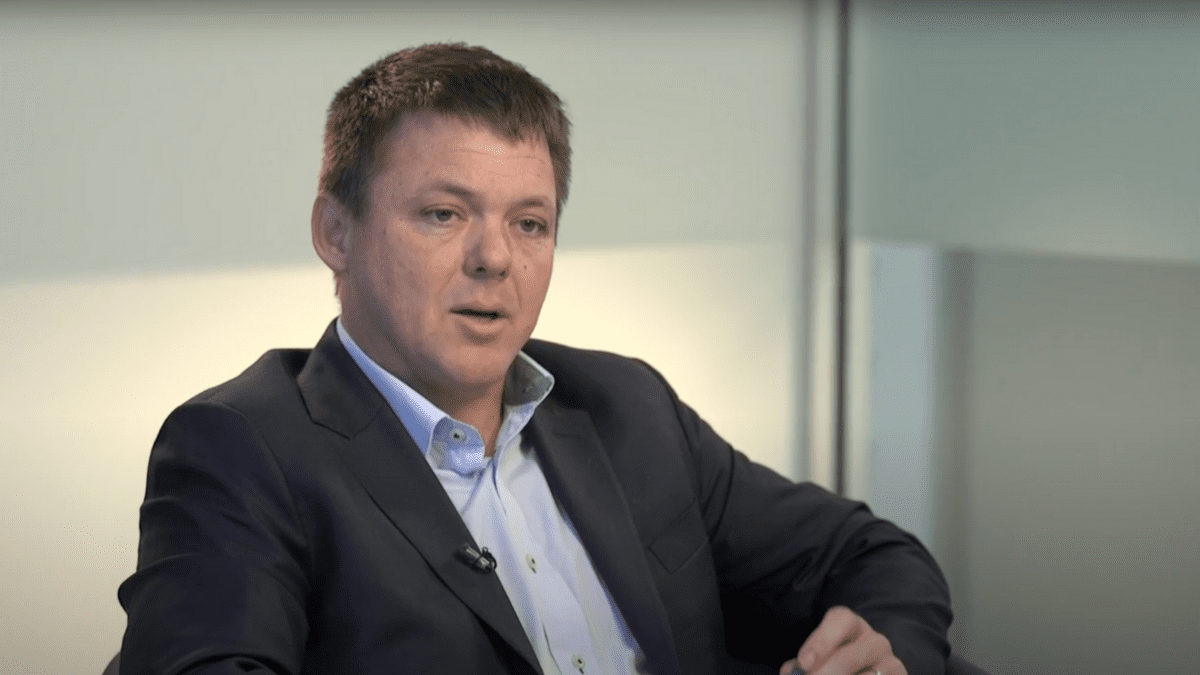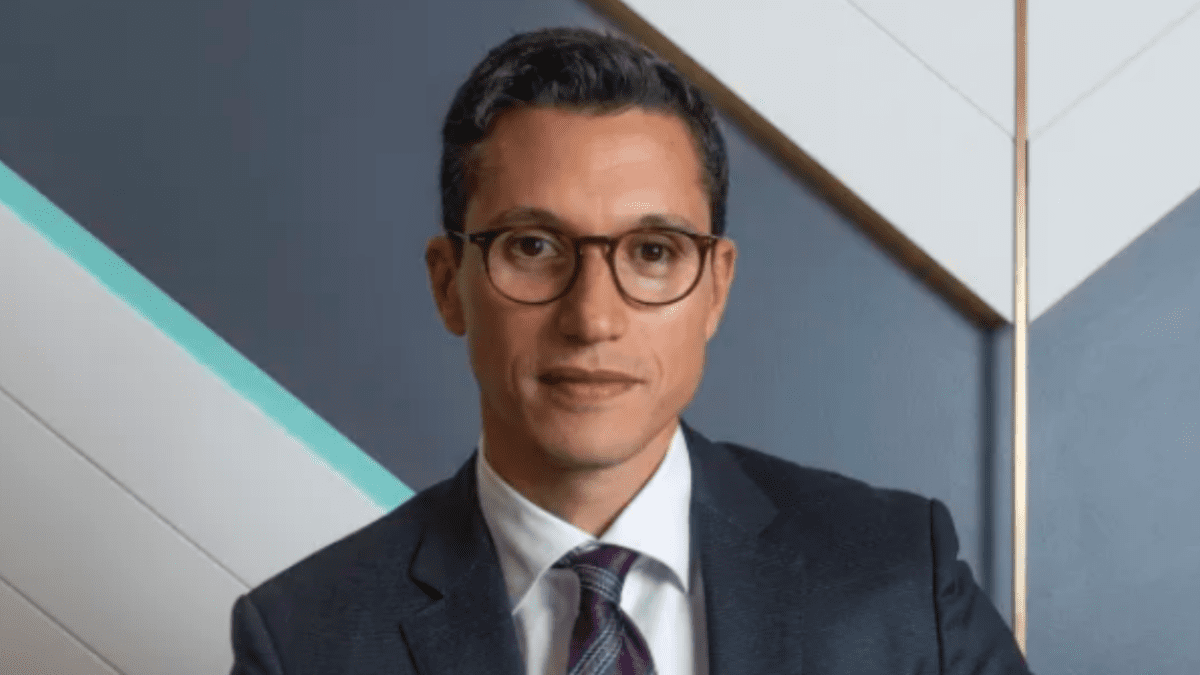Thematic ETFs proliferate, but caution is needed
The range of thematic exchange traded funds (ETFs) has exploded on the Australian Securities Exchange. But after enjoying strong returns and inflows earlier in the pandemic, many have struggled in recent times, particularly those tied to technology themes, and funds that were once flowing into thematic ETFs are now going the other way.
Thematic ETFs identify long-term structural trends which enable investors to bet on themes such as clean energy and particular sectors such as technology and gaming. Thematic ETFs contrast with market capitalisation ETFs which track benchmark indices such as the S&P/ASX 200 or the S&P 500 and provide broad exposure to the share market.
“Some of these ETFs provide an efficient way to gain exposure to these trends via a relatively low-cost passive product vis-a-vis traditional active managers,” says Marco Fantozzi, investment analyst at Pitcher Partners Investment Services. “However, like every investment, there are pros and cons to assess.”
“Thematic ETFs are useful when investors seek exposure to specific niche sectors such as battery technology, biotech or cloud computing, but do not know which companies are the best. These provide a diversified enough exposure to the niche without needing to conduct in-depth research on every company in the space,” Fantozzi says.
“Similar to how smaller market-cap companies can tactically add risk and higher return to a portfolio, thematic ETFs can provide a version of this via a small basket of companies rather than a single holding. The additional benefit of diversification removes the single company specific risk.”
However, there are also downsides to thematic ETFs.
“While a concentrated exposure is not necessarily a bad thing, keep in mind that with concentration comes potentially higher levels of volatility. This is potentially exacerbated further given that many niche ETFs tend to, but not always, hold higher allocations of smaller companies,” he says.
As part of their due diligence on a thematic ETF, investors need to do their homework on how enduring a theme is, says Drew Meredith, director and adviser at Wattle Partners. “The influx of thematic ETFs, which are getting more and more niche, has actually seen many close after a few short years as they struggle to raise enough capital to be profitable,” he says.
“So, the key here is making sure the theme is long lasting and that investors will continue to be interested in five years from now, not just popular, short-term topic.”
Tech sell-off highlights risks
Funds have been flowing out of thematic ETFs globally in 2022, particularly since May.
Some of the hardest hit have been ETFs linked to technology themes. Blair Hannon, head of investment strategy (Australia) at Global X ETFs, says while technology-related thematic ETFs have seen some large drawdowns over the past year, this has come after a solid run over prior years.
“The tech-heavy broad-based Nasdaq index has experienced similar movement. It is also important for investors to note that many tech-related thematics are still showing positive returns over the medium term across three to five years, and longer, periods,” he says.
That point is displayed by the chart below from global index provider MSCI, which has identified a number of ‘mega-trends,’ or long-term themes linked to macroeconomic, geopolitical and technological change. MSCI has found that some thematic indices do outperform over the long term, including the five indices displayed on the chart below.

In terms of portfolio positioning, thematic ETFs are often best suited as satellite rather than core holdings to minimise risks. “As a thematic, these should not be seen as ‘core holdings’ within a portfolio, like the S&P500,” Meredith says. “But rather like satellite or weightings based on client preferences, be they ethical, climate or others.”
Fantozzi agrees and says broad market ETFs traditionally have been used as the core exposure in portfolios. Thematic ETFs provide the option for investors seeking to strategically allocate to areas of the market that, for a period of time, generate extra alpha.
Thematic ETFs do charge a higher price than their broader index counterparts, some reaching as high as 0.65 per cent p.a. as well as having higher buy and sell spreads, Fantozzi adds.
“The cost structure of some of these securities is closer toward those of active fund managers, but do not always provide the same requisite level of ‘active management’,” he says.










